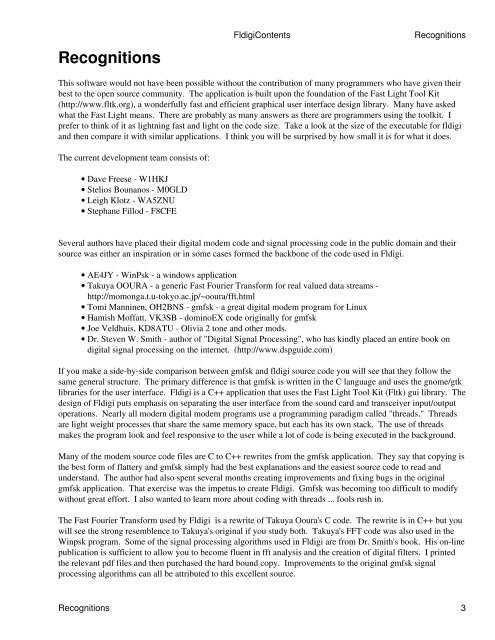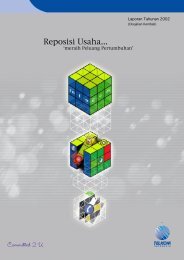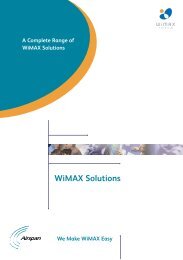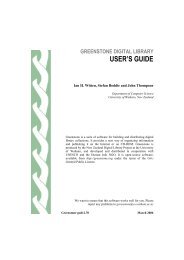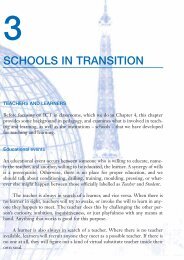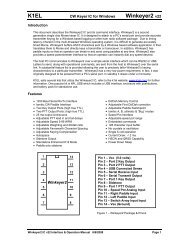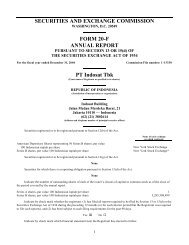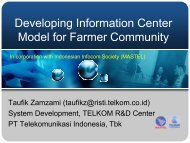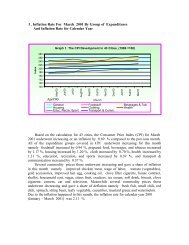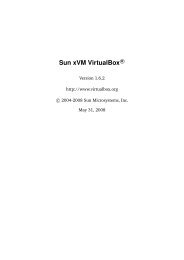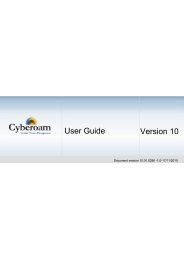Fldigi - Kambing UI
Fldigi - Kambing UI
Fldigi - Kambing UI
Create successful ePaper yourself
Turn your PDF publications into a flip-book with our unique Google optimized e-Paper software.
Recognitions<br />
This software would not have been possible without the contribution of many programmers who have given their<br />
best to the open source community. The application is built upon the foundation of the Fast Light Tool Kit<br />
(http://www.fltk.org), a wonderfully fast and efficient graphical user interface design library. Many have asked<br />
what the Fast Light means. There are probably as many answers as there are programmers using the toolkit. I<br />
prefer to think of it as lightning fast and light on the code size. Take a look at the size of the executable for fldigi<br />
and then compare it with similar applications. I think you will be surprised by how small it is for what it does.<br />
The current development team consists of:<br />
• Dave Freese - W1HKJ<br />
• Stelios Bounanos - M0GLD<br />
• Leigh Klotz - WA5ZNU<br />
• Stephane Fillod - F8CFE<br />
<strong>Fldigi</strong>Contents Recognitions<br />
Several authors have placed their digital modem code and signal processing code in the public domain and their<br />
source was either an inspiration or in some cases formed the backbone of the code used in <strong>Fldigi</strong>.<br />
• AE4JY - WinPsk - a windows application<br />
• Takuya OOURA - a generic Fast Fourier Transform for real valued data streams -<br />
http://momonga.t.u-tokyo.ac.jp/~ooura/fft.html<br />
• Tomi Manninen, OH2BNS - gmfsk - a great digital modem program for Linux<br />
• Hamish Moffatt, VK3SB - dominoEX code originally for gmfsk<br />
• Joe Veldhuis, KD8ATU - Olivia 2 tone and other mods.<br />
• Dr. Steven W. Smith - author of "Digital Signal Processing", who has kindly placed an entire book on<br />
digital signal processing on the internet. (http://www.dspguide.com)<br />
If you make a side-by-side comparison between gmfsk and fldigi source code you will see that they follow the<br />
same general structure. The primary difference is that gmfsk is written in the C language and uses the gnome/gtk<br />
libraries for the user interface. <strong>Fldigi</strong> is a C++ application that uses the Fast Light Tool Kit (Fltk) gui library. The<br />
design of <strong>Fldigi</strong> puts emphasis on separating the user interface from the sound card and transceiver input/output<br />
operations. Nearly all modern digital modem programs use a programming paradigm called "threads." Threads<br />
are light weight processes that share the same memory space, but each has its own stack. The use of threads<br />
makes the program look and feel responsive to the user while a lot of code is being executed in the background.<br />
Many of the modem source code files are C to C++ rewrites from the gmfsk application. They say that copying is<br />
the best form of flattery and gmfsk simply had the best explanations and the easiest source code to read and<br />
understand. The author had also spent several months creating improvements and fixing bugs in the original<br />
gmfsk application. That exercise was the impetus to create <strong>Fldigi</strong>. Gmfsk was becoming too difficult to modify<br />
without great effort. I also wanted to learn more about coding with threads ... fools rush in.<br />
The Fast Fourier Transform used by <strong>Fldigi</strong> is a rewrite of Takuya Ooura's C code. The rewrite is in C++ but you<br />
will see the strong resemblence to Takuya's original if you study both. Takuya's FFT code was also used in the<br />
Winpsk program. Some of the signal processing algorithms used in <strong>Fldigi</strong> are from Dr. Smith's book. His on-line<br />
publication is sufficient to allow you to become fluent in fft analysis and the creation of digital filters. I printed<br />
the relevant pdf files and then purchased the hard bound copy. Improvements to the original gmfsk signal<br />
processing algorithms can all be attributed to this excellent source.<br />
Recognitions 3


